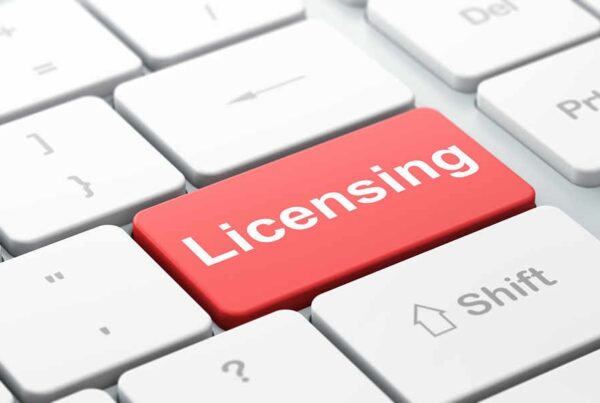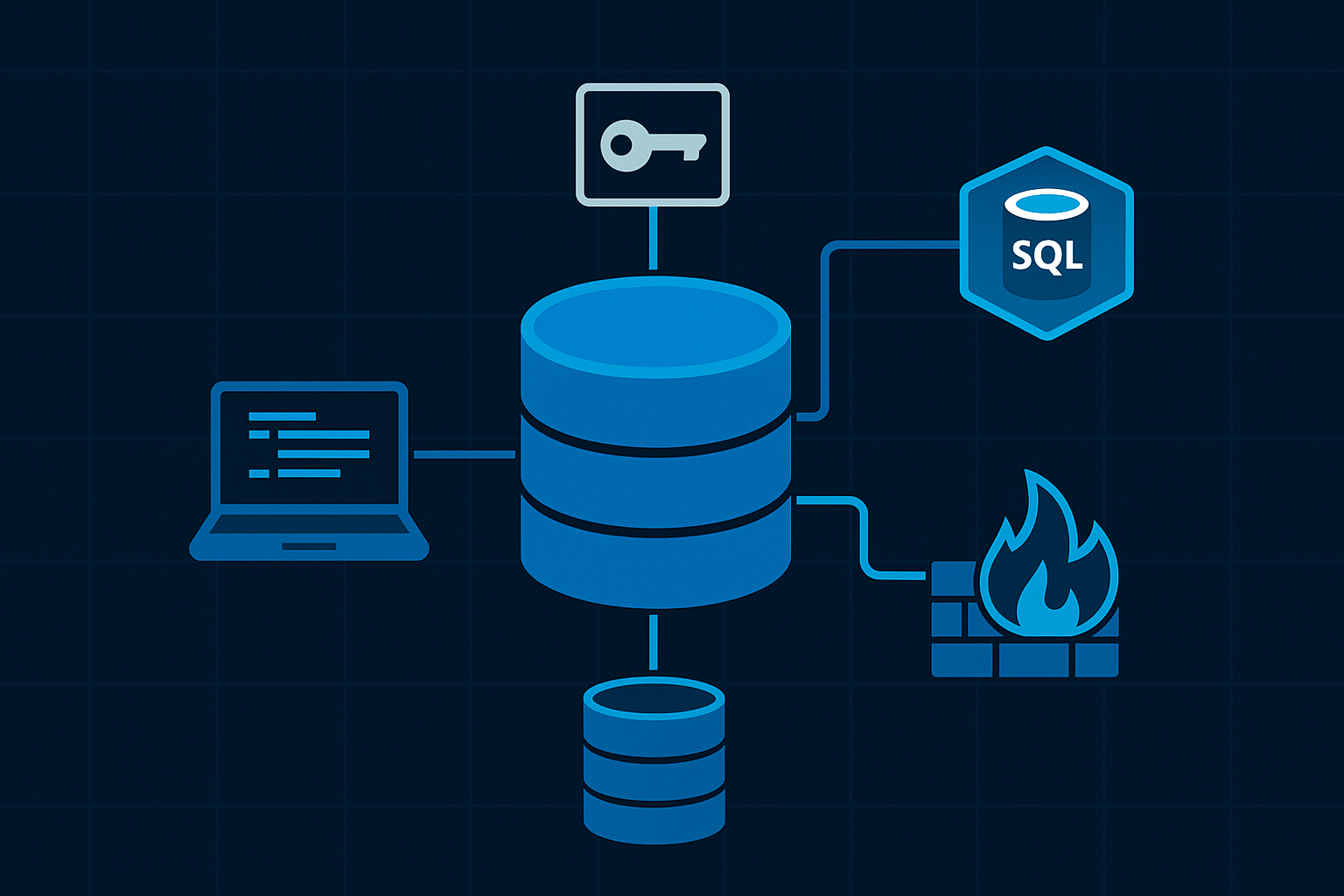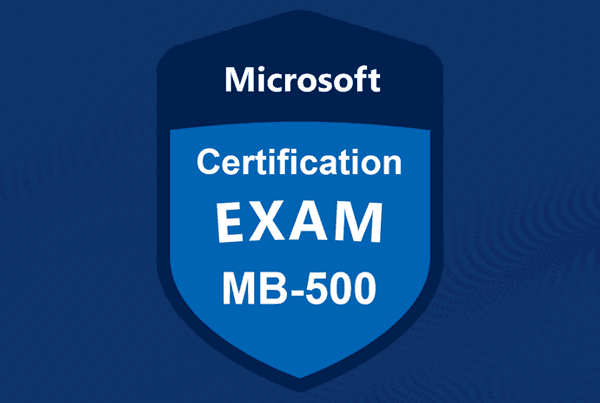After earning my MB-500 certification as a Finance and Operations Apps Developer Associate, I decided to now focus on honing my skills with the system itself, starting with Supply Chain Management. Through my work experience, I had already spent significant time in various modules, such as Product Information Management, Warehouse Management, and Master Planning. However, I wanted to deepen my understanding of these modules and put what I know into a certification.
I began my preparation by reviewing the Microsoft Learn page for the exam and its listed topics that are on the exam. According to Microsoft, the exam covers the following:
- Implementing Product Information Management
- Implementing Inventory and Asset Management
- Implementing and Managing Supply Chain Processes
- Implementing Warehouse Management and Transportation Management
- Implementing Master Planning
While I was confident in many of these areas already, I wasn’t expecting the exam to dive as deeply into the material as it did. It was definitely not just surface-level content.
To kick off my studying for the exam, I spent some time skimming through all the modules in Microsoft’s learning path for the exam. I paid extra attention to areas that were new to me or needed further clarification. Once I completed the modules, I turned to YouTube, where I found excellent content from Dynamics 365 creators such as D365 Talks and D365 ERP. Their videos provided great insights into the modules, especially a in-depth series on configuring Warehouse Management.
At this point, I had already spent well over 10-15 hours between Microsoft Learn and YouTube videos. However, to reinforce my learning, I wanted started quizzing myself. I turned to Quizlet, searching for “MB-330” to find relevant study sets. I selected a couple of them to practice with flashcards and take practice tests. I made it a point to revisit these Quizlet sets whenever I had free time, whether I was waiting in a doctor’s office or watching TV on the couch.
With just 24 hours left before my exam, I felt that I had done enough Quizlet review and was ready to go further. I switched gears and moved to my cloud-hosted developer environment, where I could apply what I had learned hands-on. I started by creating and setting up a new legal entity and got to work on the modules covered in the exam. I spent time creating dummy items, building bills of materials (BOMs), and setting up a sample warehouse with various locations. I also configured mobile device menu items and worked on advanced warehouse features. After around three or four hours, I decided to step away and relax, giving my mind a big break before exam day.
When I took the exam, I found that many of the questions centered on warehouse management, product information management, landed cost, quality orders, quarantine orders, and case studies. The case studies provided detailed background information about a fictional company and asked how to configure specific requirements or resolve issues based on the background information. While I felt confident on these, If I could go back and focus on one topic more, it would definitely be Landed Costs, as I encountered several questions related to voyages and associated costs. However, the majority of the exam focused on warehouse management.
Overall, the exam did an excellent job of challenging my knowledge and the case studies, in my opinion, were very valuable in simulating real-world scenarios that I would encounter as a Supply Chain Management functional consultant. If you’re considering taking this exam, I recommend following the same study materials and resources that I had used. Furthermore, if you have access to a sandbox or developer environment, spend as much time as you can working directly in the system itself, especially if you don’t have hands-on experience with these modules.
Feel free to reach out if you have any questions or need help preparing for the exam!




